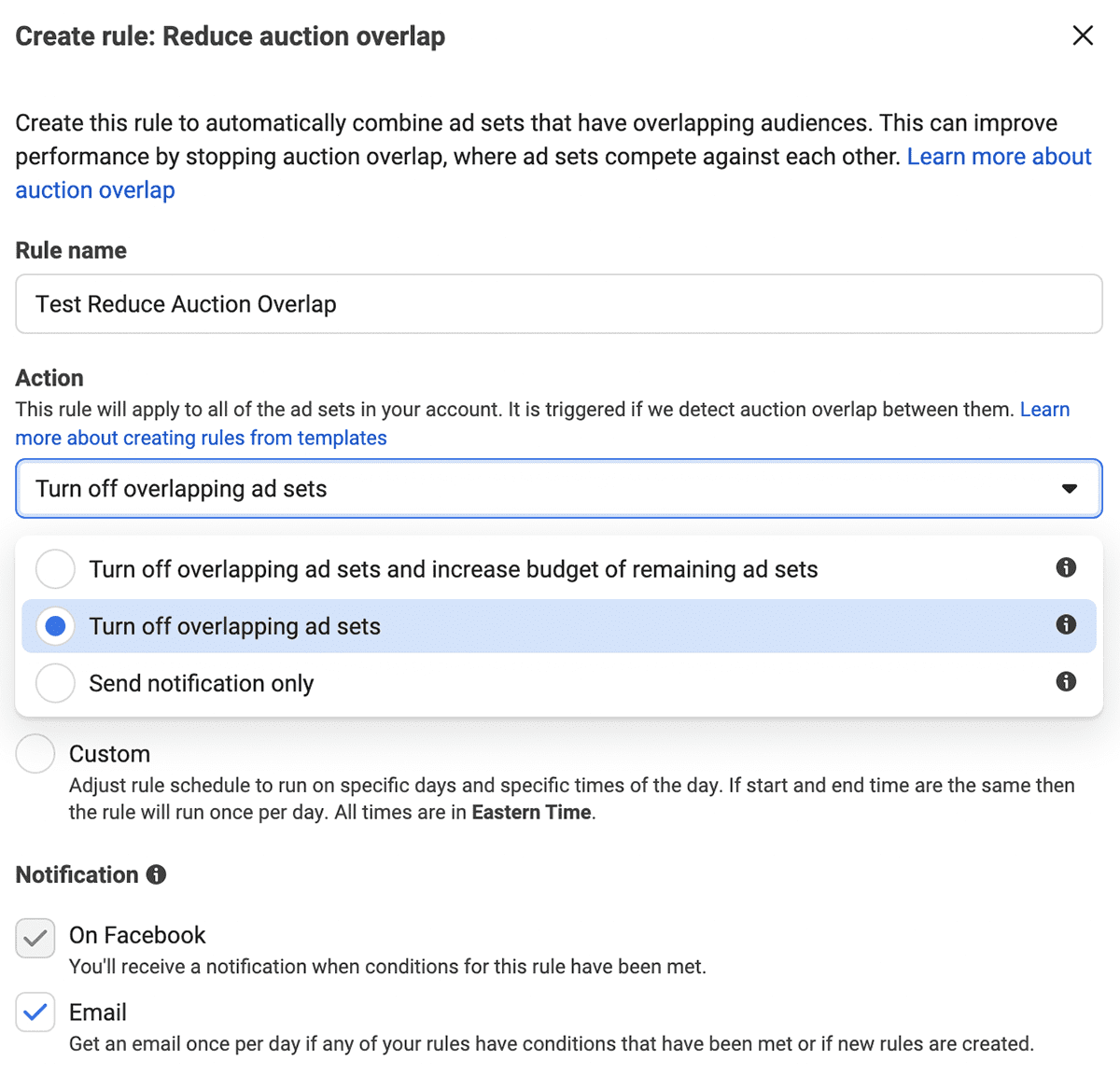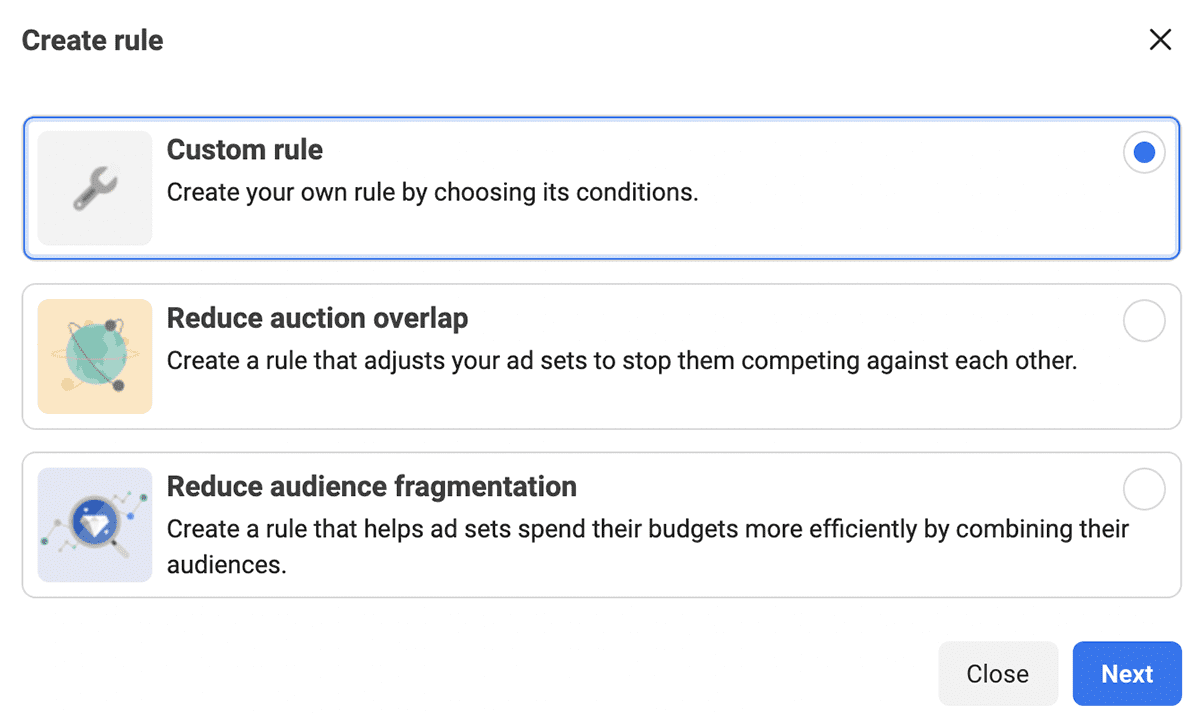Are you frustrated by underperforming Facebook ad sets and wasted budget? If you’re running multiple ad campaigns, chances are you’re seeing weaker results, increased costs, and ad sets “competing” with each other. This invisible challenge is known as audience overlap, and it’s a silent budget killer. In this in-depth guide, you’ll discover exactly what audience overlap is, why it sabotages your ad results, and—most importantly—how to avoid audience overlap in ad sets to unlock superior ROI.
By the end, you’ll know:
- How to identify and analyze overlapping audiences
- Practical steps to prevent overlap in your ad sets
- Real-world examples and mistakes to avoid
- Tools and techniques for ongoing success
Whether you’re a performance marketer, business owner, or new to Meta advertising, this article will solve the mystery of wasted ad spend. Let’s dive in!
What is Audience Overlap in Ad Sets?
At its core, audience overlap happens when two or more of your ad sets target the same people. When there’s a significant overlap, you end up bidding against yourself. Facebook (Meta) may show both ads to the same users, but you’ll compete with your own campaigns, which drives up costs and weakens overall performance.

Think of it like this: Imagine you’re running two ads—one targeting “shoe lovers” in New York, another targeting “fashion enthusiasts” in New York. If there’s a big intersection between those interests, you’re probably reaching the same people twice!
According to Meta’s official guidance, audience overlap can dilute ad delivery and cause your campaigns to under-perform. Your ads could show too often to some users (ad fatigue) while missing others, and you’ll see higher CPMs and CPCs as your own ads compete for attention.
Why Does Avoiding Audience Overlap in Ad Sets Matter?
Ignoring audience overlap is like watching your ad dollars burn. Here are the main reasons you must avoid it:
- Improve ROAS: Every dollar spent competes less with your own campaigns, leading to greater efficiency and higher return on ad spend.
- Reduce Cost-Per-Result: When ad sets compete, your costs go up. Avoiding overlap ensures each ad can win auctions without internal battles.
- Minimize Ad Fatigue: Showing the same ad to people too many times decreases engagement and increases the likelihood they’ll ignore you.
- Boost Audience Coverage: Your ads reach distinct groups, allowing better segmentation and precise optimization.
- Cleaner Reporting: You gain clearer insights into what works best and can scale winners quickly.
As SEMrush points out, fixing overlap gives you a clearer path to maximize outcome for every dollar spent.

Common Examples and Use-Cases: How Audience Overlap Happens
Audience overlap can affect accounts of all sizes—especially when testing new strategies or scaling. Here are typical scenarios:
- Broad Interest Stacking: Targeting “fitness,” “sports,” and “athletes” will almost certainly overlap (since many people like them all).
- Multiple Lookalike Audiences: Using several lookalike custom audiences based on similar sources (like add-to-cart, website traffic, purchases) creates overlap.
- Retargeting with Large Pools: If you retarget website visitors and also show ads to people who engaged with your Instagram, some users will exist in both.
- Stacking Geographic Locations: Running city and national ad sets can cause users from major cities to see ads from both–doubling up on impressions.
- Overlapping Demographics: Targeting similar age groups or mixed genders in partially overlapping ad sets.
Notice how easy it is to overlap—and how quickly your ad sets could compete with each other!

How to Avoid Audience Overlap in Ad Sets: A Step-by-Step Approach
Ready to avoid audience overlap in ad sets? Follow these actionable steps based on proven industry best practices.
Step 1: Analyze Audiences Before You Launch
First, use the built-in Audience Overlap tool in Facebook Ads Manager. Visit the “Audiences” section, select two or more audiences, and click “Show Audience Overlap.”
You’ll see what percentage of users are shared. Anything above 20-30% should raise a red flag, based on expert recommendations from Madgicx and Williams Commerce.
Step 2: Create Mutually Exclusive Audiences
When building ad sets, use the Exclude function! For example, if Ad Set A targets all website visitors and Ad Set B targets cart abandoners, exclude “cart abandoners” from Ad Set A.

This method helps you avoid wasting impressions and ad spend—and ensures that users only see the ads most relevant to them. Always define your top-priority audiences first (e.g., hottest leads) and exclude those segments from broader ad sets.
Step 3: Limit Number of Ad Sets
More is not always better. Each additional ad set increases overlap risk. Instead, start with a core few and only expand once you’re confident your audiences are distinct!

Step 4: Use Hierarchical Audience Targeting
Start with the hottest audiences (e.g., past purchasers), then move to warm (website visitors) and finally cold audiences (lookalikes, interests).
Each layer excludes the layer above, reducing overlap and segmenting your approach for optimal results.

Step 5: Monitor and Refine Regularly
Regularly revisit your ad set performance and the Overlap Tool. Audiences change as you scale or launch new products—don’t set and forget! Pivot, combine or further segment as needed.

Step 6: Use Automated Campaign Budget Optimization (CBO)
Meta’s CBO feature automatically optimizes budget across ad sets to minimize internal competition and promote top-performing audiences. While it doesn’t eliminate overlap, it helps reduce wasted spend and improves delivery.

For deeper details, review Facebook’s own best practices on overlapping audiences.
Common Challenges, Myths and Objections
Let’s bust some myths about avoiding audience overlap so you can confidently implement these strategies:
- Myth 1: Overlap is Always Bad. Not always—small overlaps in retargeting can be natural. The key is to keep overlap to a minimum and monitor performance closely.
- Myth 2: The Only Solution is Larger Budgets. Targeting or scale won’t fix overlap! Only smarter audience segmentation and exclusions do.
- Myth 3: Tools Will Fix Overlap Automatically. Tools like CBO help, but a strategic audience structure is always needed.
- Objection: “It’s Too Complicated.” Yes, it takes setup—but the ROI difference is massive. Once set, your ad sets work much more efficiently!
- Challenge: Limited Audience Size. Sometimes, your niche is small! In this case, focus on frequency caps and careful sequencing so as not to fatigue your best prospects.
The bottom line: Audience overlap is manageable for any business size if you follow a clear framework and monitor actively.
FAQs: How to Avoid Audience Overlap in Ad Sets
1. What is considered a “problematic” audience overlap percentage in ad sets?
Generally, an overlap higher than 20-30% is significant and may cause your ad sets to compete. Lower is better, but acceptable levels depend on your industry and objective.
2. How do I check for overlaps between my Facebook ad audiences?
Use Facebook’s Audience Overlap tool in Ads Manager. Select two or more custom or saved audiences, then click “Show Audience Overlap” to see shared users as a percentage.
3. Will Facebook automatically prevent my ad sets from competing?
Not entirely. Facebook will enter your ad sets into separate auctions, but overlap still means you might bid against yourself and inflate costs. Manual exclusions are needed.
4. Can CBO (Campaign Budget Optimization) eliminate audience overlap?
CBO minimizes budget waste by favoring high-performing ad sets, but it can’t eliminate overlap. Pair CBO with strong segmentation and exclusions for best results.
5. What happens if I don’t avoid audience overlap?
You’ll likely see rising ad costs, unclear reporting, redundant impressions, and customer fatigue—all decreasing your campaign’s ROI.
6. How often should I check my audience overlap?
Check every time you create new audiences or ad sets, and revisit monthly or after significant campaign changes.
7. Do lookalike audiences always overlap?
If based on similar sources (like website visitors and purchases), there can be overlap. Manually exclude other lookalikes to limit duplication.
8. Can I avoid overlap across multiple ad accounts?
Not directly, but coordinate with other account managers and sequence audiences to minimize chances. If possible, use a single account to centralize control.
9. What size should my audiences be to minimize overlap?
Aim for distinct, non-overlapping groups of at least several thousand users each. For small niches, focus on careful exclusions and frequency settings.
10. Is zero audience overlap realistic?
No, but you can minimize overlap to negligible levels. 100% avoidance isn’t realistic—but clear segmentation and careful use of exclusions will get your overlap near zero.
Conclusion: Take Control & Avoid Audience Overlap in Ad Sets Now!
To achieve stronger results on Facebook and Meta Ads, you must avoid audience overlap in ad sets. By analyzing overlap, structuring mutually exclusive audiences, and aligning your ad sets with smart exclusions and continuous monitoring, you’ll make every advertising dollar work harder.
Don’t let wasted spend and higher costs erode your marketing success. Start applying these strategies today, and you’ll join the ranks of smarter advertisers who maximize every campaign’s potential. Ready to outsmart audience overlap? Review your ad setup, use the overlap tool, and start refining right now!
For more expert insights, see our guides on Facebook Ads Retargeting and Meta’s advanced tips—and never let overlapping audiences clobber your ROI again.

